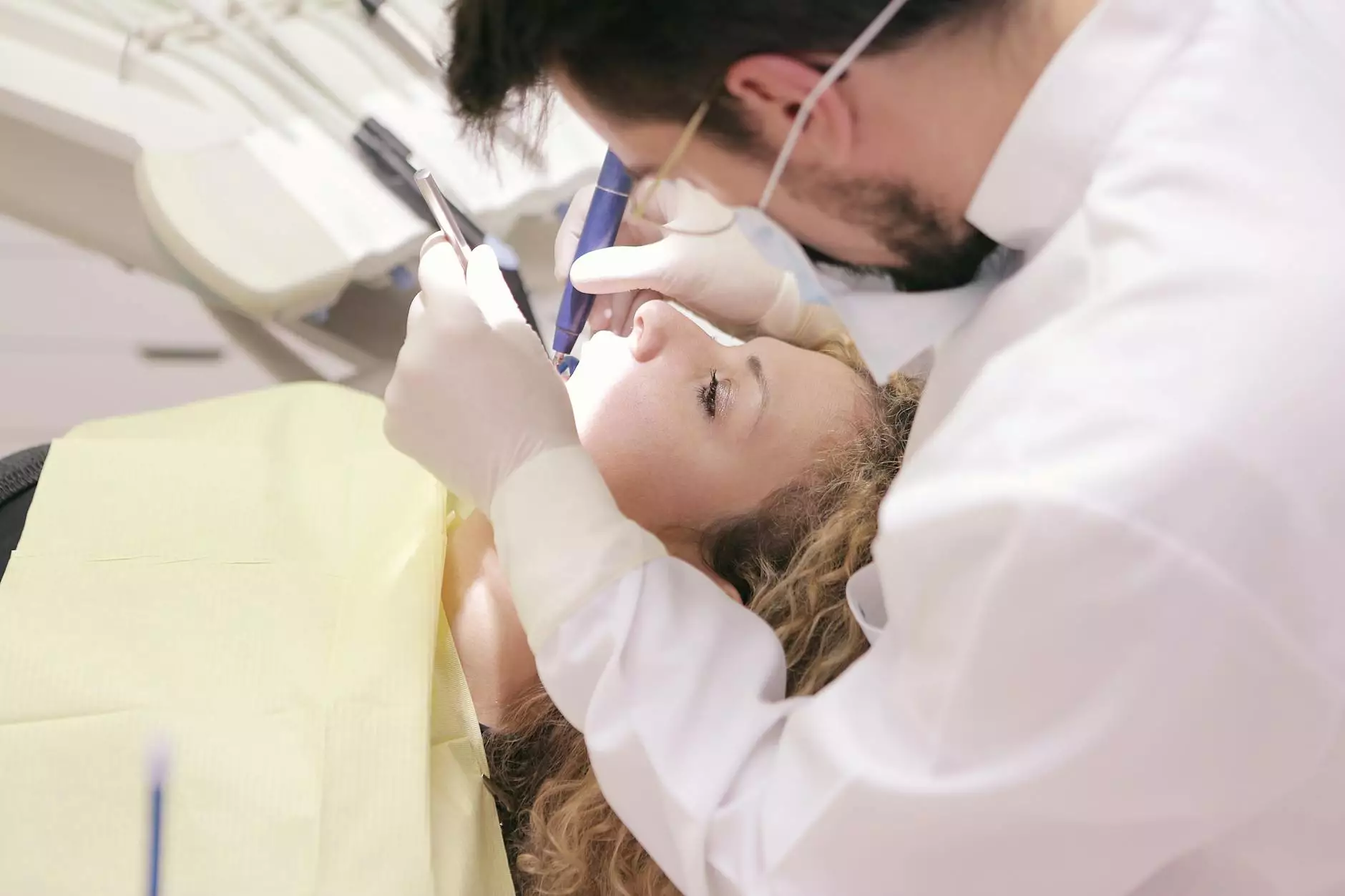Understanding the Procedure of Hysterectomy

The hysterectomy is a surgical procedure that involves the removal of the uterus. This procedure can be performed for a variety of medical reasons and is often recommended when other treatment options have failed. This guide aims to provide an in-depth understanding of the procedure hysterectomy, including its types, indications, risks, and the recovery process involved.
What is a Hysterectomy?
A hysterectomy is one of the most common surgical procedures for women in the United States. This surgical intervention can be life-changing, for better or worse. During a hysterectomy, the surgeon removes the uterus, and sometimes other reproductive organs alongside it, depending on the underlying medical conditions.
Types of Hysterectomy Procedures
There are several types of hysterectomies, each designed to treat specific conditions:
- Total Hysterectomy: Removal of the entire uterus, including the cervix.
- Partial (Subtotal) Hysterectomy: Removal of the upper part of the uterus, leaving the cervix intact.
- Radical Hysterectomy: Removal of the uterus, cervix, surrounding tissues, and sometimes part of the vagina. This procedure is often performed in cases of cancer.
- Laparoscopic Hysterectomy: A minimally invasive procedure using small incisions and a camera, which can lead to quicker recovery times.
- Abdominal Hysterectomy: Involves a larger incision in the abdomen to remove the uterus. This method may be necessary for more complicated cases.
Reasons for a Hysterectomy
Women may need a hysterectomy for various medical reasons, such as:
- Uterine Fibroids: Noncancerous growths that can cause severe pain and heavy bleeding.
- Endometriosis: A condition where tissue similar to the uterus lining grows outside the uterus, leading to pain and complications.
- Uterine Prolapse: When the uterus slips into the vaginal canal due to weakened pelvic muscles.
- Cancer: Treatment for cancers affecting the reproductive organs, including cervical, uterine, or ovarian cancer.
- Chronic Pelvic Pain: Persistent pain that may not respond to other treatments.
The Hysterectomy Procedure
Preparation and approach to a hysterectomy can vary depending on the type of procedure chosen. Here’s what to expect during the procedure hysterectomy:
Pre-Operative Preparations
Before scheduling a hysterectomy, a thorough evaluation is necessary, which includes:
- Detailed medical histories and physical examinations.
- Blood tests to check overall health and hemoglobin levels.
- Imaging tests such as ultrasounds or MRIs to understand the condition better.
The physician will explain the procedure, discuss any alternative treatments, and address potential risks.
The Surgical Process
During the surgery itself:
- Anesthesia: The patient receives general or regional anesthesia to prevent pain during the procedure.
- Incision: The surgeon makes the appropriate incision depending on the type of hysterectomy performed.
- Removal: The uterus and any other specified structures are removed with care to minimize damage to surrounding tissues.
- Closure: The incisions are closed with stitches or staples, and the surgery is completed.
Recovery Post-Hysterectomy
Recovery from a hysterectomy varies based on the surgical approach and individual health factors. However, here are general guidelines for post-operative care:
Hospital Stay and Immediate Care
Following the procedure, patients typically stay in the hospital for:
- 1-2 days for laparoscopic surgery.
- 2-4 days for an abdominal hysterectomy.
- Variable stays for radical procedures based on complications.
Nurses will monitor vital signs, manage pain with medication, and check for any signs of complications such as bleeding or infection.
Home Recovery
Once discharged, women should follow their doctor's instructions and consider the following recovery tips:
- Physical Activity: Gradually increase activity levels; avoid heavy lifting for 6-8 weeks.
- Diet: Consume a balanced diet with adequate fiber to prevent constipation.
- Follow-Up Appointments: Attend all scheduled follow-ups to ensure proper healing.
- Mental Health: Seek support for emotional well-being, as hormonal changes may occur.
Risks and Complications
Like any surgical procedure, a hysterectomy carries risks and potential complications, including:
- Infection at the incision site.
- Excessive bleeding during or after surgery.
- Injury to surrounding organs such as the bladder or intestines.
- Blood clots forming in the legs or lungs.
- Hormonal imbalances leading to menopause-like symptoms if the ovaries are removed.
- Emotional changes such as depression or anxiety following the surgery.
Before opting for a hysterectomy, it’s essential to discuss all potential risks with your healthcare provider.
The Benefits of a Hysterectomy
Despite the risks, many women find significant benefits post-hysterectomy:
- Relief from Symptoms: Many women experience a substantial reduction in pain, heavy menstrual bleeding, and discomfort after the procedure.
- Improved Quality of Life: Being free from conditions like endometriosis or fibroids affects overall well-being positively.
- No Risk of Uterine Cancer: Removing reproductive organs eliminates the risk of uterine cancer entirely.
Conclusion
The procedure hysterectomy is a significant decision for women facing debilitating reproductive health issues. Understanding the types of hysterectomies, reasons for the procedure, and recovery expectations can help patients make informed choices about their health. If you are considering a hysterectomy, it is crucial to consult with experienced healthcare professionals, such as those at drseckin.com, who can provide personalized care and support tailored to your unique situation.
Final Thoughts
In summary, while the hysterectomy procedure may seem daunting, it can offer immense relief and increased quality of life for many women. Approaching the procedure with adequate knowledge and support, both medically and emotionally, is key to a successful outcome. Women should feel empowered to seek the help they need and deserve access to comprehensive care that ensures their health and well-being.









